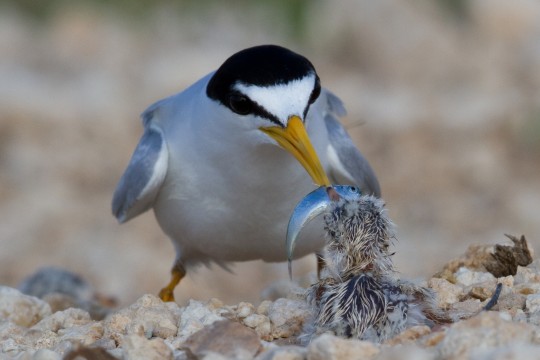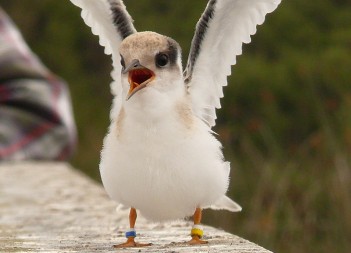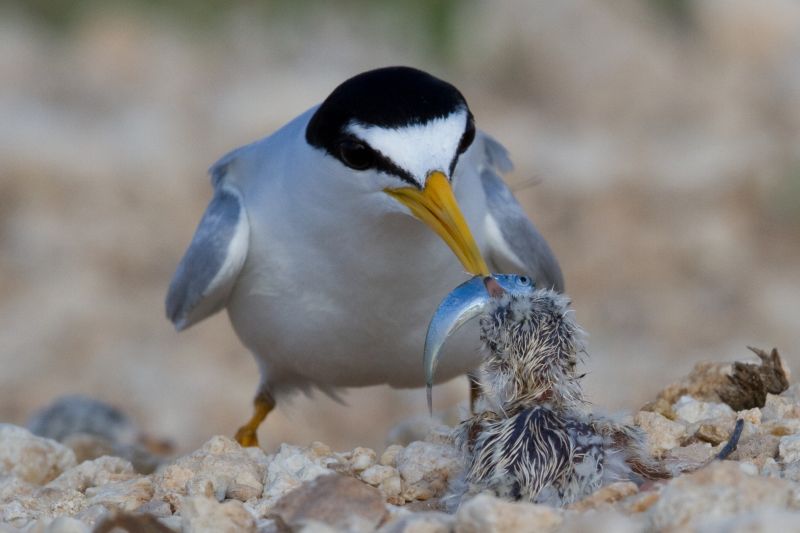
The wheel of the seasons is turning again. For a few glorious weeks earlier this month, our shorelines around the bay were packed with water birds. Shorebirds in their breeding finery shared the bounty of the intertidal and shallow water areas with California least tern newly arrived from Mexico. The shorebirds are now gone, away in the night with a high keening cry, for their nesting grounds in the far north.

The least tern, smallest of our three tern species, will be with us for the summer. They arrive along California’s shore with their tuxedo colors and distinctive white “V” on their forehead in late April. Once on the brink of extinction, their population has been steadily increasing from a low of 600 birds in 1973 to current estimates of over 7,000 birds. Long before this, in the late 1800s, they suffered depletion for the millinery trade. What fashionable Victorian woman could be seen without hats decorated with bird feathers, wings and even whole birds?
The Migratory Bird Treaty was passed in 1918 affording protection from hunting. Another pressure on the California least tern’s success, however, is its reliance on open, sandy beaches for nesting habitat. Throughout much of California, this is also where people like to spend their summers. And with the introduction of non-native predators -- cats, dogs, and red foxes -- the ground-nesting birds have had a hard time raising their young.

There remains a success story in the terns return and of the people who care enough to fight for their future. California least tern are on the verge of being delisted and downgraded from endangered to threatened, one of 110 success stories celebrated on Endangered Species Day last week. The main remaining hurdle to delisting them is continued commitment by agencies to protect their all-important nesting habitat along our shores.
Tern-protection volunteers also work with the East Bay Regional Park District and have successfully helped establish a new breeding colony in Hayward. You can learn more about the terns at Alameda Point in this article and video. You can also view the Alameda nesting colony on Saturday, June 16 on one of three bus tours departing from Crab Cove Visitor Center; reserve a space by calling (888) 327-2757 or online at www.ebparksonline.org. There will also be programs throughout the day for all ages highlighting terns and a tern watch along the beach at 2:30pm.
